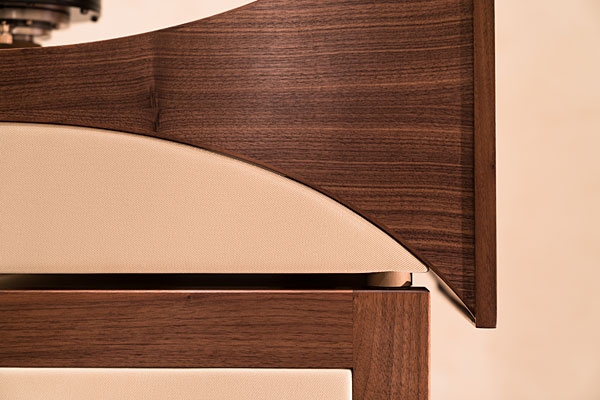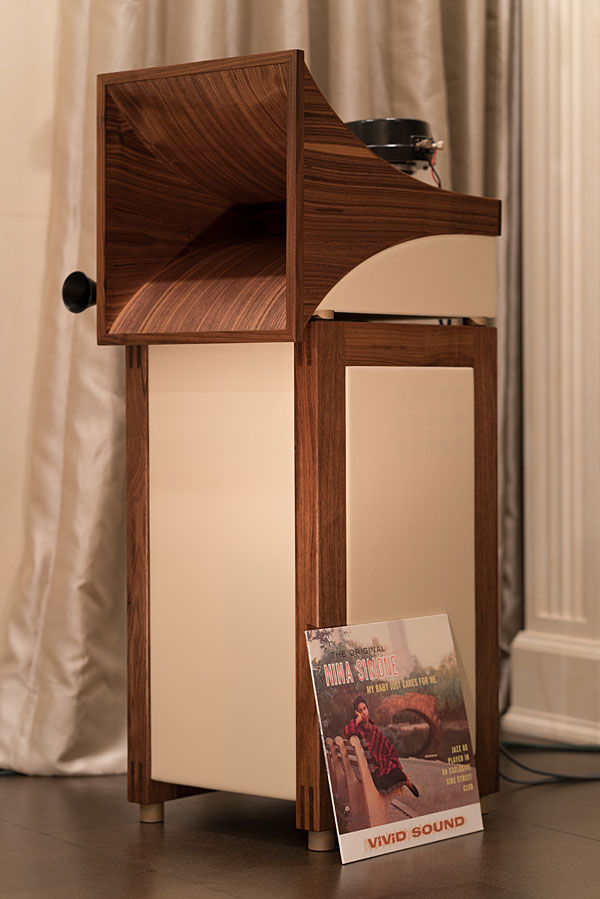| Columns Retired Columns & Blogs |
I will seek out this piece of kit to hear, but one question from last month's column will remain sadly unanswered...
"And how was it that companies in the 1930s could offer, for reasonable prices, technologies that all but a few modern manufacturers declare are "too expensive"?"
55K is still well north of what most of us, I suspect, can reasonably toss around.














































